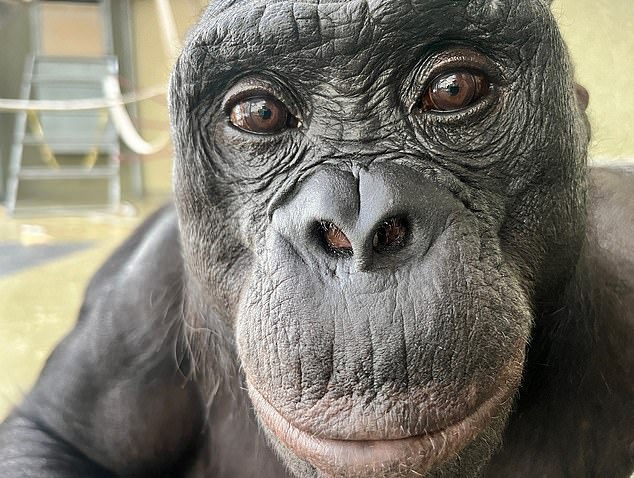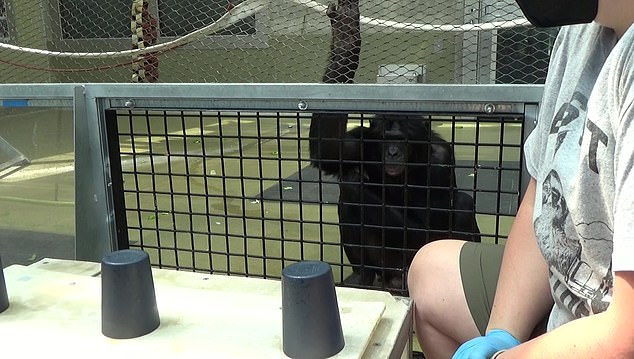Featured
- Get link
- X
- Other Apps
Apes May Intuitively "Read Minds" Like Humans, Study Shows
Apes may be even smarter than we think and can intuitively ‘read minds’ just like humans.
Grasping what another person knows involves a complex capability that young humans typically start developing around their third year of life.
Scientists have spent almost 50 years trying to find proof that other animals, from chimpanzees to ravens, can do it but many experts have remained sceptical.
Now researchers have convincing evidence that bonobos really can read human minds and use the knowledge to communicate in order to get a tasty treat.
Three bonobos - Kanzi, aged 43, Nyota, aged 25, and 13-year-old Teco, who are friends and live in a research centre in Iowa - worked with a researcher to get half a grape, a chunk of apple, a peanut or some Cheerios.
The food was hidden under one of three cups by a second person and the researcher, when they found it, would pass it to the bonobo opposite them.
However, sometimes the researcher did not know where the tasty treat was, because they had a large cardboard barrier in front of them.
The apes could see when the researcher had not seen the cup the food was under.


But it takes a leap of intelligence to understand that this meant the researcher did not know in his mind where the food was.
It was clear the apes had ‘read his mind’ in this way by the extra effort they made to help him find the food when he had not seen where it was hidden.
They were 29 per cent more likely to point at the cup the food was underneath when the researcher didn’t know and pointed at it about 1.5 seconds faster than when he did.
Dr Chris Krupenye, senior author of the study, and an assistant professor of psychological and brain sciences at Johns Hopkins University, said: ‘The ability to sense gaps in one another’s knowledge is at the heart of our most sophisticated social behaviours, central to the ways we cooperate, communicate and work together strategically.
‘Because this so-called theory of mind supports many of the capacities that make humans unique, like teaching and language, many believe it is absent from animals.
‘But this work demonstrates the rich mental foundations that humans and other apes share-and suggests that these abilities evolved millions of years ago in our common ancestors.’

Previously, chimpanzees have been thought to read the minds of others because they make more alarm calls about a nearby snake to chimpanzees who haven’t seen it.
However, some experts remained doubtful, as the chimpanzees might have merely screamed in fear instead of signaling an alarm to one another.
The research demonstrated that apes have the ability to simultaneously retain two pieces of information: knowing where certain food is concealed under a cup and understanding that another individual is unaware of this location. They can also convey this information.
The research was published in the journal Proceedings of the National Academy of Sciences.
Read more- Get link
- X
- Other Apps
Popular Posts
Unmasking Misinformation: Journalist’s Quest for Verified Truth (International Edition)
- Get link
- X
- Other Apps
PTA Clarifies: X Disruption (Formerly Twitter) Unrelated to Local Internet Filtering – International Edition
- Get link
- X
- Other Apps
Comments
Post a Comment